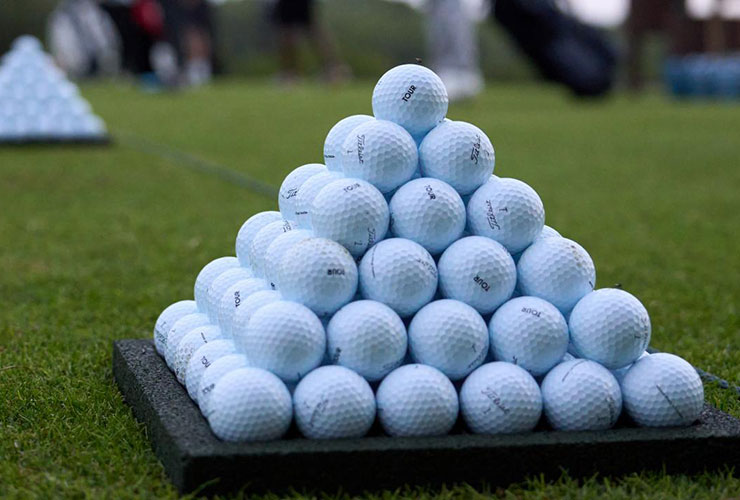The USGA and R&A are expected to announce early next week that they will be changing the rules to roll back distance in golf—and not just for elite players. The expected decision likely would make nearly every popular golf ball played both professionally and recreationally non-conforming. The news comes from multiple industry sources with direct knowledge of the plans of golf’s governing bodies, speaking on background.
The change involves a revision to the way golf balls are tested to see if they conform to the rules. Specifically, it is expected to be announced that the test for the Overall Distance Standard would increase the swing speed at which golf balls are tested from the current standard of 120 mph to 125 mph. While increasing the swing speed, the test would not change the distance limit of 317 yards.
In simple terms, if a golf ball is currently close to the Overall Distance Standard, as a high majority of golf balls used in elite competition (and popular in the marketplace) are, then raising the speed by 5 mph would make them fly 15 yards farther, or well past the current distance limit. Balls would then have to be made to stay within that 317-yard standard.
The decision by golf’s ruling bodies comes after nearly three years of “Notice and Comment” with equipment manufacturers and other industry stakeholders over several proposals involving clubs, balls and a distance rollback. While the USGA and R&A had originally proposed the change to 125 mph in the spring of 2022 in announcing some preliminary “areas of interest,” they revised that speed upward to 127 mph in an announcement in March. At that time, however, the proposal was to only change the rules for elite professional golfers, instituting what is known as a Model Local Rule.
“The USGA and the R&A were not considering changes that would result in substantial reductions in hitting distances at all levels of the game,” read a statement from the ruling bodies at the time. It was echoed by USGA CEO Mike Whan, who said the then-proposed MLR that would not apply to all golfers. “We don’t see recreational golf obsoleting golf courses any time soon,” he said.
Clearly, the idea of a permanent but separate set of rules for elite golfers didn’t resonate with the industry, as not only manufacturers but the PGA Tour and PGA of America voiced their opposition to the proposed change. The message was clear, R&A CEO Martin Slumbers explained last week to Golf Digest.
“It was a very strong pushback against that,” Slumbers said. “… And our job is to listen. But our responsibility is to the long-term future of the game. …We’re responsible for our period of time, something that has gone on for hundreds of years and will go on for hundreds more. So, we are listening. And we have made a decision about what we are going to do.”
That decision apparently will mean a period of bifurcated rules starting in 2028, when the elite professionals use a shorter golf ball than recreational players. But starting two years later, all balls that conform to the Rules of Golf will apparently be 15 or more yards shorter at the elite level. The effect on distance for recreational players will likely be less, but could be proportional. So that if a tour player loses five percent (or 15 yards on a 300-yard drive), then a recreational player might lose that same five percent on a 225-yard drive (or roughly 11 yards). And the same golfer likely would lose a similar percentage on his or her approach shots.
In a Golf Digest internet survey this week that was open to all golfers, with more than 600 people responding, a significant majority (64.6 percent) said they would not abide by rules that reduce ball distance. They felt nearly the same about distance limitations at the elite level, with 60.4 percent not wanting to see pros and top amateurs have their length pushed back.
Officials from both the USGA and the R&A declined to comment.
Image: Angel Martinez









